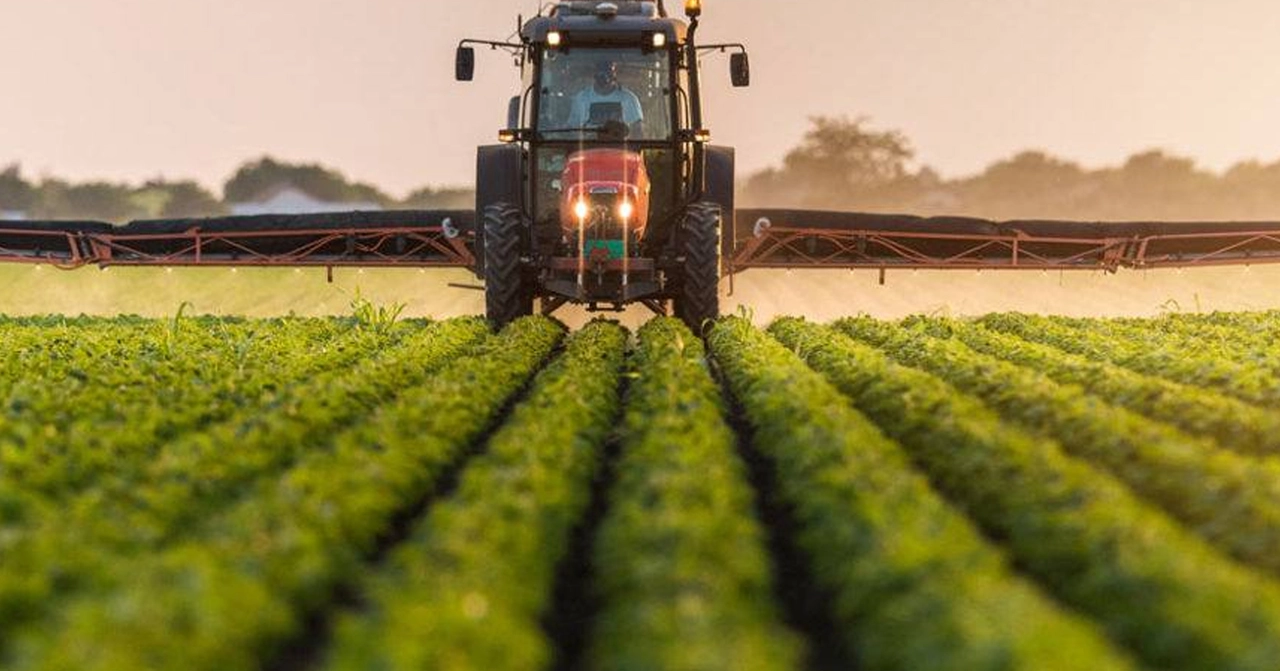Antibiotics used on farms can end up on your plate. If you run a small farm, you should know how medicines and chemicals affect animals, crops, and people.
This guide gives practical steps: how to handle veterinary drugs, how to use crop treatments safely, to cut risks while keeping yields steady.
For livestock: get veterinary advice before giving antibiotics or other prescription drugs. Use the correct dose and finish the full course. Keep written records of treatment dates, drug names, lot numbers, and withdrawal periods. Respect withdrawal times — those are the days you must wait before selling meat, milk, or eggs. Poor timing causes drug residues and can harm consumers.
Store medicines in a cool place away from feed and children. Check expiry dates and never use leftover medicines from another farm without advice. If an animal shows a bad reaction, call your vet and record what happened.
For crops: read and follow the product label every time. The label tells you how much to mix, how and when to apply, and what protective gear you need. Rotate modes to slow pest resistance. Consider integrated pest management — scouting fields, using traps, timing sprays to target pests, and encouraging beneficial insects.
Always wear gloves, long sleeves, and eye protection when mixing or spraying. Wash up after, and wash work clothes separately from laundry.
Residue testing matters. If you sell to a packer or co-op, they may test for antibiotics, pesticides, or other residues. Know the limits that buyers expect and keep records to show compliance. For small sellers, simple on-farm tests or sending samples to a lab can prevent costly rejections.
Reduce reliance on drugs and chemicals by improving basic farm practices. Healthy soil, balanced fertilization, clean water, and proper housing lower disease and pest pressure. Rotational grazing and cover crops boost resilience and often cut treatment needs.
If you buy veterinary medicines or crop inputs online, vet the seller. Look for licensed pharmacies, verified reviews, and clear contact information. Beware of too-good-to-be-true prices and sellers who don't ask for a prescription when one is required.
Record keeping and traceability protect you and your customers. Keep treatment logs, feed records, and sale invoices. Label stored produce and animal batches so you can trace any issue back to its source quickly.
For help, talk to a local extension agent, your vet, or online resources like the TotalCareMart Pharmaceutical Guide for buying tips and safety checks. Steps on the farm save money and keep food safe.
Start today: check your medicine cabinet, review last season's records, and set goal — like fixing your storage or scheduling a vet review. Small changes add up fast now.
Quick resources: contact your vet, local extension, an accredited online pharmacy, and a certified lab. Keep emergency contacts handy and schedule a farm safety review at least once a year today for free.
Here

As a copywriter, I've been researching the use of ampicillin in agriculture, and I've learned that it plays a crucial role in treating infections in both crops and livestock. Ampicillin, a type of penicillin, is effective in combating various bacterial infections that can negatively impact the health and productivity of plants and animals. Farmers rely on this antibiotic to maintain the quality of their produce and the well-being of their livestock. It's important to use ampicillin responsibly, as overuse can lead to antibiotic resistance, posing a threat to both agriculture and human health. Overall, ampicillin is a valuable tool in modern agriculture, helping to keep our food supply safe and abundant.